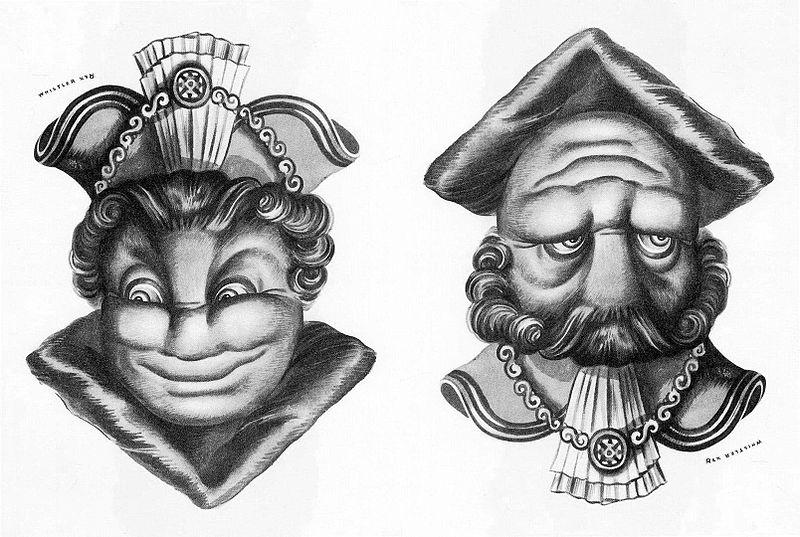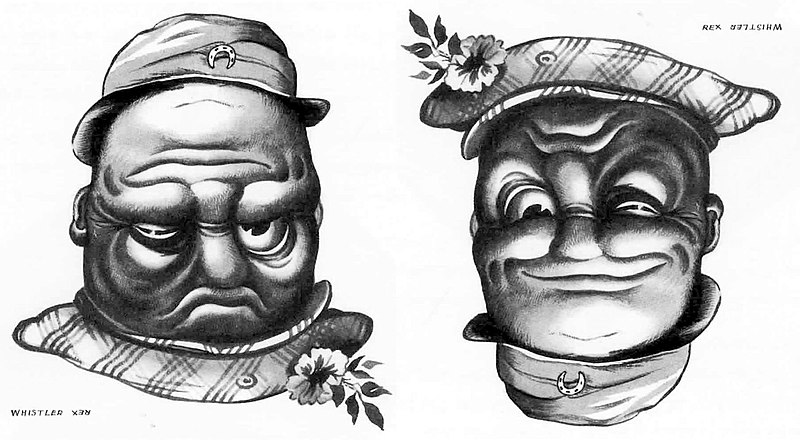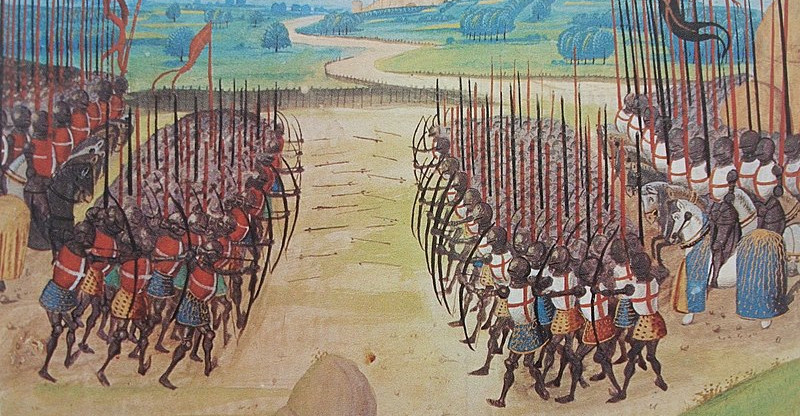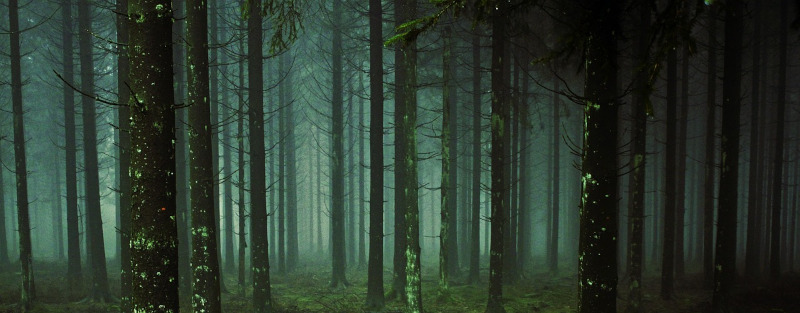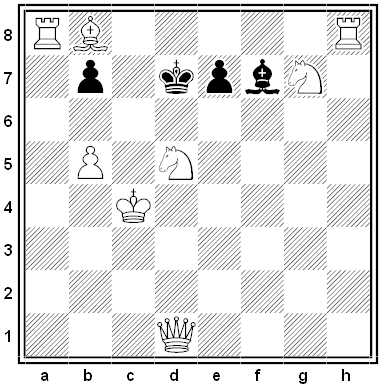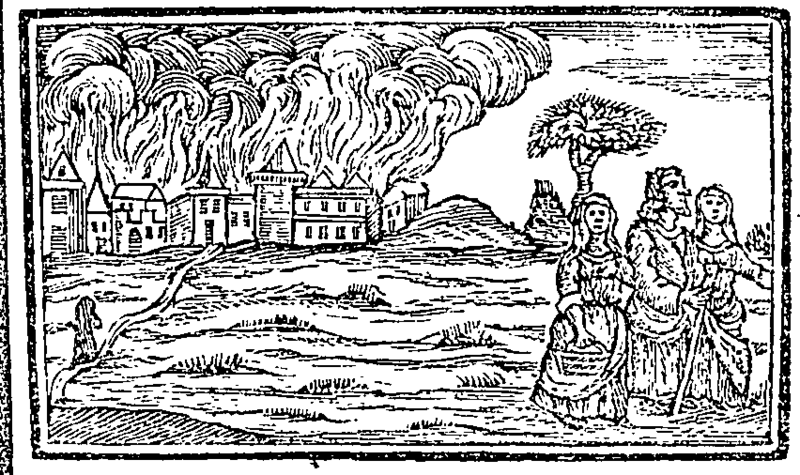From a letter from English scholar Walter Raleigh to Mrs. F. Gotch, July 2, 1898:
Doe you lyke my newe phansy in the matere of Spelynge? I have growen wery of Spelynge wordes allwaies in one waye and now affecte diversite. The cheif vertew of my reform is that it makes the spelynge express the moode of the wryter. Frinsns, if yew fealin frenly, ye kin spel frenly-like. Butte if yew wyshe to indicate that thogh nott of hyghe bloode, yew are compleately atte one wyth the aristokrasy you canne double alle youre consonnantts, prollonge mosstte of yourre vowelles, and addde a fynalle ‘e’ wherevverre itte iss reququirred.
A later poem:
Wishes of an Elderly Man, Wished at a Garden Party, June 1914
I wish I loved the Human Race;
I wish I loved its silly face;
I wish I liked the way it walks;
I wish I liked the way it talks;
And when I’m introduced to one
I wish I thought What Jolly Fun!

